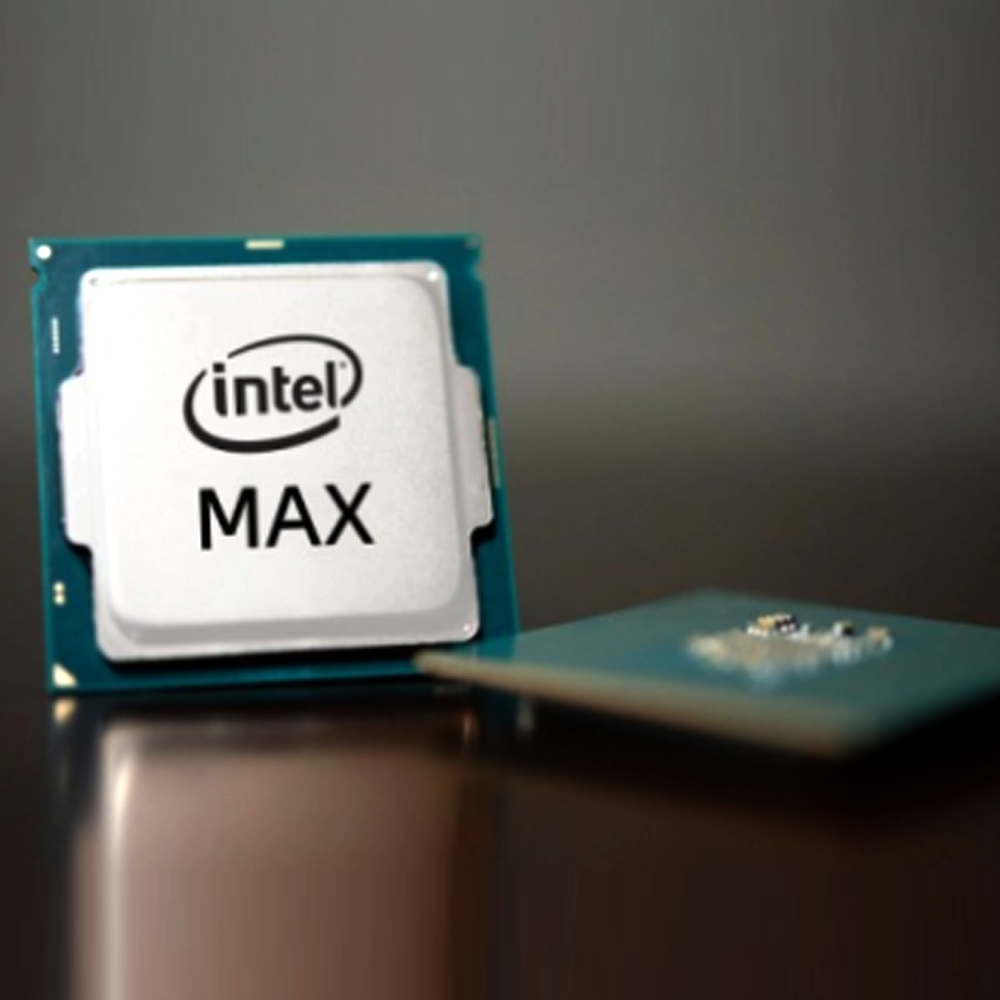Intel® MAX® 10 FPGAs
Intel® MAX® 10 FPGAs enable advanced processing for low-power, cost-sensitive applications in a single-chip, small form factor programmable logic device, enabling a revolution in non-volatile integration. Manufactured using TSMC‘s 55nm embedded NOR flash technology, the Intel® MAX® 10 FPGA supports instant-on functionality. Its integrated features include analog-to-digital converters (ADCs) and dual-configuration flash memory, enabling you to store two mirrors on a single chip and dynamically switch between mirrors. Unlike CPLDs, Intel® MAX® 10 FPGAs also include full-featured FPGA features such as Nios® II soft-core embedded processor support, digital signal processing (DSP) modules, and soft-core DDR3 memory controllers.
Applications
Motherboard Management Applications
Data center applications continue to push the boundaries of performance and power consumption. This provides intelligent PMIC support for high-end FPGAs, driving systems such as Intel® Arria® 10 FPGAs and SoCs and Intel® Stratix® 10 FPGAs and SoCs. In these data centers and other applications, Intel® MAX® 10 FPGAs provide an excellent PMIC solution that combines instant-on, analog input, and digital control capabilities.
In addition to PMIC functionality, Intel® MAX® 10 devices provide excellent thermal management support with integrated on-chip temperature sensing diodes and support for numerous off-chip temperature sensors.
Industrial Applications
Higher Performance
Motor control is achieved through a low-latency control loop and provides high-precision timing and diagnostic parallel processing.
More flexibility
Offers a large number of I/Os, internal ADCs, integrated control and communication, and customized resource usage to fully meet performance requirements.
Lower total cost of ownership
Fewer components and smaller footprint improve reliability and reduce obsolescence risk.
Automotive Applications
I/O support flexibility
LVDS, mini-LVDS and LVCMOS support.
Optimized Intel FPGA intellectual property (IP)
ALTLVDS macro functionality and video and image processing suites.
Diversified Products
Detailed assortment of families with on-chip flash to meet design needs and reduce BOM.
MAX® V CPLD
The MAX® V CPLD features a unique non-volatile architecture that provides low-power on-chip functionality for Intel‘s edge-centric applications.
Applications
New features of the MAX® V CPLD (relative to the previous generation MAX® CPLD) include
With these new features, you can integrate multiple control path applications in a single device. With the combination of low cost, low power, and high performance features, the MAX® V CPLD is a great value in the marketplace.
Architecture
Logic element (LE) conversion to RAM, on-chip oscillator, 1.2-V LVCMOS, and LVDS output support.
Cost
Starts at less than $1. The architecture integrates external functions previously implemented in a separate logic ASSP, thereby reducing total system cost. Since the device requires only one power supply (Vcc-core), the total bill of materials (BOM) cost is reduced.
Durable battery life
Static power consumption is as low as 45 µW, extending battery life.
Top five CPLD control path applications
I/O Expansion
I/O decoding to effectively enhance I/O functionality of other standard devices at low cost.
Interface Bridging
Convert bus protocols and voltages between incompatible devices at the lowest possible cost.
Power Management Control
Manage the power-up sequence and monitoring of other devices on the board.
Configuration and initialization control
Controls the configuration or initialization of other devices on the board.
Analog Control
Enables digital control of analog standard devices (light, sound, or motion) via pulse width modulators (PWM) without the need for digital-to-analog converters (DACs).











